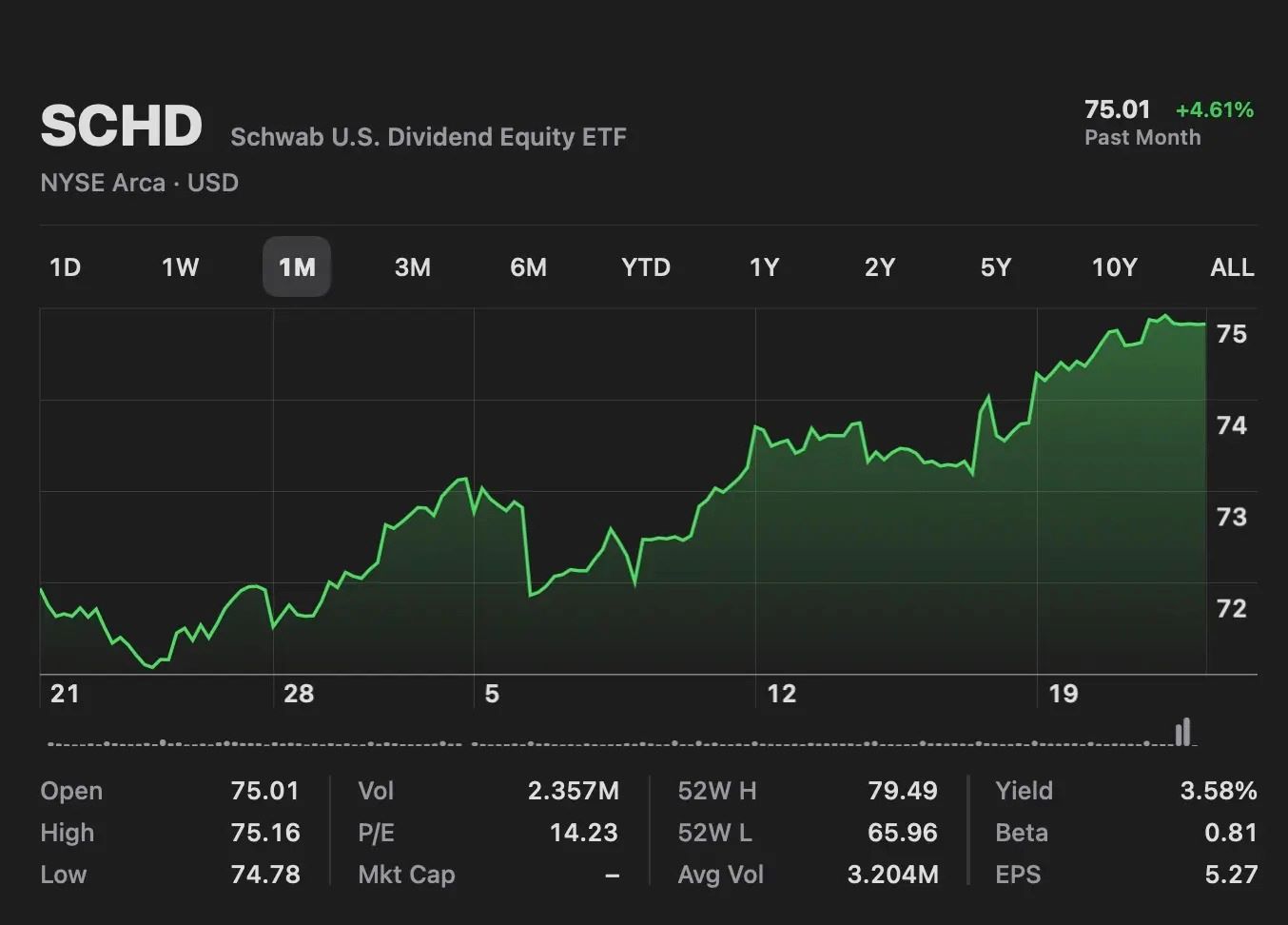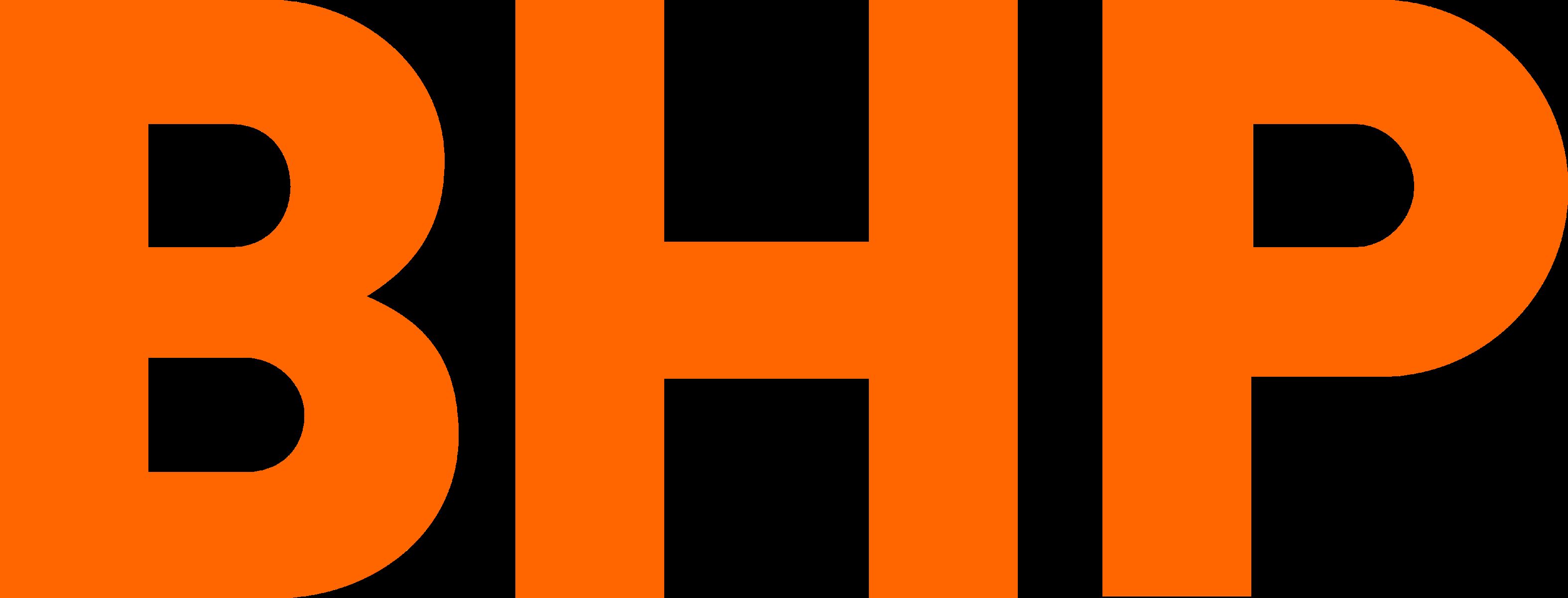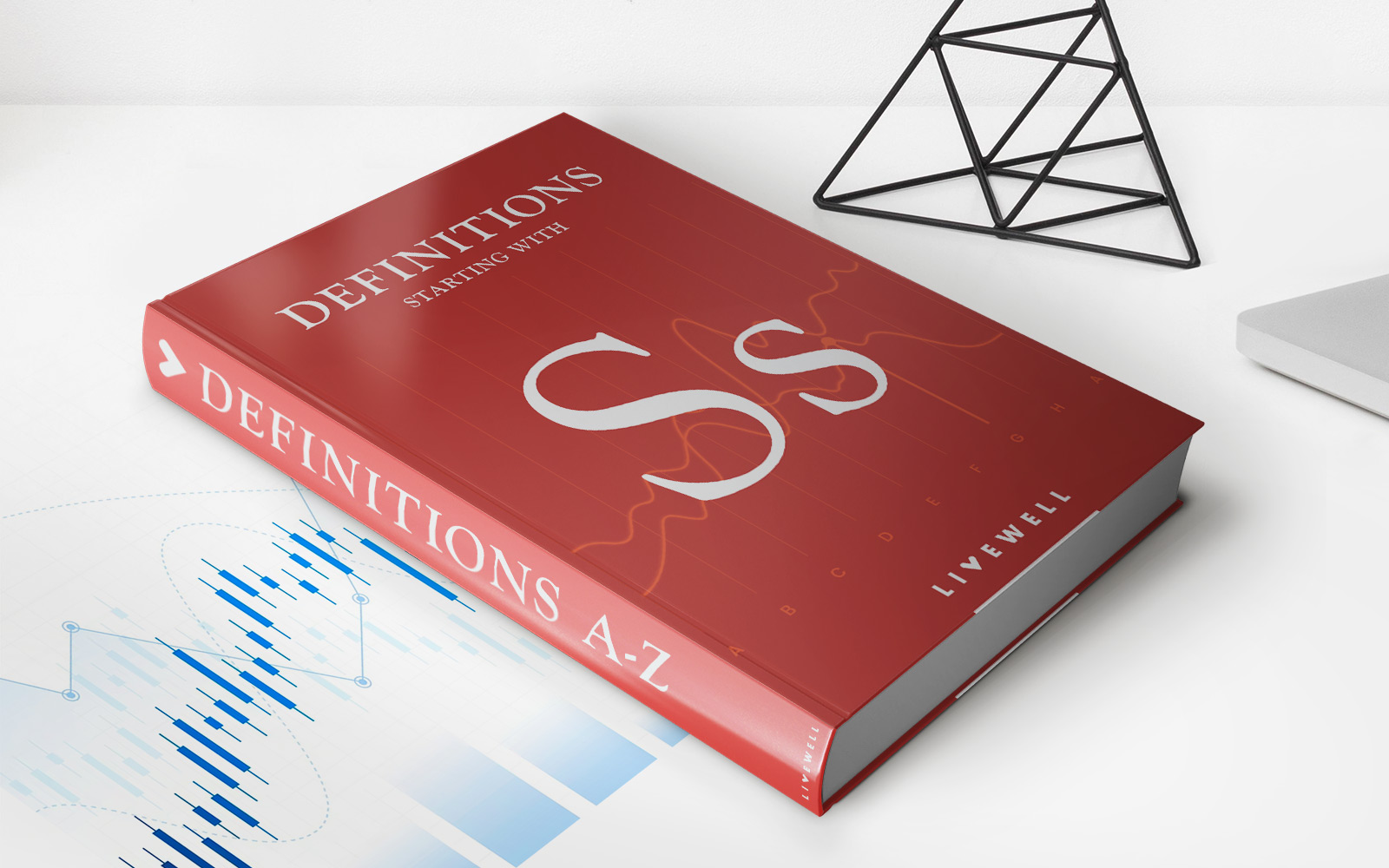

Finance
When Does SCHD Pay Dividends?
Published: January 2, 2024
Discover when SCHD pays dividends and how it can benefit your finance portfolio. Stay informed and maximize your investment potential with this essential guide.
(Many of the links in this article redirect to a specific reviewed product. Your purchase of these products through affiliate links helps to generate commission for LiveWell, at no extra cost. Learn more)
Table of Contents
Introduction
When it comes to investing in the stock market, dividends play a crucial role in generating passive income for investors. Dividends are essentially a portion of a company’s profits that is distributed to its shareholders. For those looking to invest in dividend-paying stocks, one popular option is the Schwab U.S. Dividend Equity ETF (SCHD).
SCHD is an exchange-traded fund (ETF) offered by Charles Schwab that focuses on investing in U.S. companies with a track record of consistent dividend payments. It provides investors with exposure to a diversified portfolio of dividend stocks across various sectors, making it an attractive option for those seeking reliable income streams.
In this article, we will delve into the world of dividends and explore when investors can expect to receive dividends from SCHD. We will examine the dividend payment frequency, SCHD’s dividend payment schedule, and factors that can influence the timing of dividend payments.
Whether you are a seasoned investor or new to the world of dividends, understanding the timing of dividend payments is essential for planning your investment strategy and managing your finances effectively. So let’s explore when SCHD pays dividends and gain insights into the factors that play a role in dividend payment timing.
Understanding SCHD
Before diving into the specifics of dividend payments, it’s important to have a clear understanding of SCHD. As mentioned earlier, SCHD is an ETF that focuses on dividend-paying stocks in the U.S. market. It aims to track the performance of the Dow Jones U.S. Dividend 100 Index, which consists of 100 high dividend yielding U.S. stocks.
SCHD’s portfolio includes companies from various sectors such as technology, healthcare, consumer goods, finance, and more. The ETF employs a rules-based methodology to select companies that have a strong track record of consistently paying dividends and exhibiting stable dividend growth over time.
By investing in SCHD, investors gain exposure to a diversified portfolio of reliable dividend-paying stocks, reducing the risk associated with investing in individual companies. This allows investors to enjoy the benefits of dividend income without the need for extensive research and analysis of individual stocks.
SCHD also offers the advantage of low expense ratios, making it an affordable option for investors. The ETF charges a minimal annual fee in exchange for managing the fund, which helps maximize the overall returns for investors.
It is important to note that while SCHD focuses on dividend-paying stocks, it does not guarantee a fixed dividend amount or return. The dividend payments will vary based on the performance of the underlying stocks and the dividend policies of the companies held in the portfolio.
Now that we have a better understanding of SCHD, let’s explore how dividends work and when investors can expect to receive them.
Overview of Dividends
Dividends are a distribution of a company’s earnings to its shareholders. When a company generates profits, it has the option to reinvest those earnings back into the business for growth or distribute a portion of the profits to its shareholders as dividends.
Dividends serve as a way for companies to reward their shareholders for their investment and provide them with a share of the company’s success. For investors, dividends can be an attractive source of passive income, especially for those seeking more stable returns compared to capital appreciation.
Dividends are typically paid in the form of cash, but some companies also offer dividend payments in the form of additional shares or other assets. The amount and frequency of dividend payments can vary depending on various factors, including the company’s profitability, financial health, and dividend policy.
When it comes to dividend-paying stocks like those held in SCHD, investors can benefit from both regular and special dividends. Regular dividends are usually paid on a quarterly basis and are a consistent source of income for shareholders. Special dividends, on the other hand, are one-time payments that are typically distributed when a company has excess profits or has had a particularly successful financial year.
In addition to regular and special dividends, investors may also come across terms such as dividend yield and dividend payout ratio. Dividend yield is a calculation that shows the annual dividend payment as a percentage of the stock’s current price. It is a useful metric for investors to compare dividend-paying stocks and evaluate their potential returns.
The dividend payout ratio, on the other hand, is the proportion of a company’s earnings that is paid out as dividends. It indicates how much of the profits are distributed to shareholders and how much is retained by the company for reinvestment or other purposes.
Understanding these key concepts of dividends will provide a solid foundation for exploring when investors can expect to receive dividends from SCHD.
Dividend Payment Frequency
The frequency at which dividends are paid out can vary depending on the company and its dividend policy. The most common dividend payment frequencies are quarterly, semi-annual, and annual.
Quarterly dividend payments are the most prevalent among dividend-paying stocks. Companies that follow a quarterly dividend schedule distribute their earnings to shareholders every three months. This allows investors to receive a regular stream of income throughout the year.
Semi-annual dividend payments occur twice a year, typically with a six-month interval between each payment. While less common than quarterly payments, some companies may opt for a semi-annual schedule to manage their cash flow or align dividend payments with their financial reporting schedule.
Annual dividend payments are less frequent and are typically made once a year. Companies that follow an annual dividend schedule generally have a higher payout ratio or retain more of their profits for reinvestment in the business. These companies may opt for an annual payment to provide shareholders with a larger dividend amount in a single distribution.
It’s important to note that the dividend payment frequency can vary across different stocks and sectors. Some industries, such as utilities or real estate investment trusts (REITs), tend to have more stable cash flows and are more likely to offer quarterly or semi-annual dividends. On the other hand, companies in more volatile sectors, such as technology or biotech, may opt for annual dividends or no dividends at all.
For investors looking to generate a steady income stream, dividend stocks with more frequent payment schedules, such as quarterly or semi-annual dividends, can be more attractive. These regular dividend payments can provide a sense of stability and consistent cash flow.
Now that we understand the different dividend payment frequencies, let’s explore the specific dividend payment schedule of SCHD.
SCHD’s Dividend Payment Schedule
SCHD follows a quarterly dividend payment schedule, providing investors with a steady stream of income throughout the year. The ETF typically pays dividends in the months of March, June, September, and December.
It’s important to note that the specific dates of dividend payments may vary from year to year. However, SCHD typically aims to maintain a consistent quarterly payment schedule.
For example, let’s consider the dividend payment schedule for the year 2022:
- March: The first dividend payment of the year is typically made in March. Investors holding SCHD shares on the record date, which is usually a few days before the payment date, will be eligible to receive the dividend.
- June: The second dividend payment is typically made in June. It follows the same eligibility criteria as the March payment, with investors needing to hold shares on the record date to receive the dividend.
- September: The third dividend payment is made in September. Investors meeting the eligibility requirements on the record date will be entitled to receive the dividend.
- December: The final dividend payment of the year is usually made in December. Similar to the previous payments, investors must hold SCHD shares on the record date to qualify for the dividend.
These dividend payments are subject to change based on factors such as market conditions and the performance of SCHD’s underlying portfolio. It’s advisable for investors to keep track of SCHD’s announcements and review the updated dividend payment schedule.
Investors should also keep in mind that the dividend amounts can vary from one payment to another. The dividend payouts are determined by the underlying stocks’ performance and the dividend policies of the companies held in SCHD’s portfolio. Successful companies with a track record of increasing dividends may lead to higher dividend payments, while struggling companies may result in lower payouts.
Understanding SCHD’s quarterly dividend payment schedule allows investors to plan their finances and align their expectations for regular income from their investments.
Factors Affecting Dividend Payments
Several factors can influence the timing and amount of dividend payments from companies like those held in SCHD. Understanding these factors can provide insights into the potential variability of dividend payments.
1. Company Performance: The financial performance of the companies held in SCHD’s portfolio is a critical factor affecting dividend payments. Companies with strong earnings growth and profitability are more likely to increase their dividends or maintain consistent payouts. Conversely, companies facing financial challenges or experiencing a downturn may reduce or suspend their dividend payments.
2. Dividend Policy: Each company has its own dividend policy that outlines how much of its earnings it intends to distribute as dividends. Some companies have a more conservative approach and prioritize retaining earnings for future growth, resulting in lower dividend payouts. Others may adopt a more aggressive dividend policy, distributing a higher percentage of their profits as dividends.
3. Economic Conditions: Economic factors, such as inflation, interest rates, and overall market conditions, can impact companies’ dividend decisions. During periods of economic uncertainty or recessions, companies may choose to conserve cash and reduce dividend payments to maintain financial stability. Conversely, in periods of economic prosperity, companies may increase dividends to share their success with shareholders.
4. Industry Trends: The specific industry in which a company operates can influence its dividend policies. Industries with stable and predictable cash flows, such as utilities or consumer staples, are more likely to offer consistent dividends. Cyclical industries, such as manufacturing or commodities, may experience fluctuations in dividend payments based on market conditions and industry performance.
5. Legal and Regulatory Framework: Companies must comply with legal and regulatory requirements when it comes to dividend distributions. These regulations can vary across jurisdictions and may impose restrictions on the timing and amount of dividend payments. Companies must navigate these requirements to ensure compliance while meeting the expectations of their shareholders.
It’s important for investors to stay informed about the factors that can impact dividend payments. Monitoring the financial health and performance of the companies held in SCHD’s portfolio, keeping track of market conditions, and staying abreast of any regulatory changes can help investors make informed decisions about their investments.
Overall, while SCHD aims to invest in companies with a history of consistent dividend payments, it’s important to recognize that dividend amounts and timing are subject to various factors that can lead to fluctuations in payments.
Conclusion
Dividend payments are an important consideration for investors seeking to generate passive income from the stock market. SCHD, the Schwab U.S. Dividend Equity ETF, offers investors the opportunity to invest in a diversified portfolio of U.S. dividend-paying stocks. Understanding when SCHD pays dividends and the factors that influence dividend payments can help investors plan their investment strategy and manage their finances effectively.
In this article, we explored the world of dividends and discussed the different dividend payment frequencies, including quarterly, semi-annual, and annual payments. We learned that SCHD follows a quarterly dividend payment schedule, typically distributing dividends in March, June, September, and December.
We also highlighted several factors that can affect dividend payments, such as company performance, dividend policies, economic conditions, industry trends, and regulatory requirements. These factors can lead to variability in both the timing and amount of dividend payments received by shareholders.
By investing in SCHD, investors can benefit from a diversified select group of U.S. dividend-paying stocks, potentially providing a reliable source of income and the potential for long-term capital appreciation. However, it’s important to recognize that dividend amounts and payment timing can fluctuate based on various factors.
As with any investment, it’s crucial for investors to conduct thorough research, assess their financial goals and risk tolerance, and consult with a financial advisor if needed before making any investment decisions. Staying updated on SCHD’s announcements, monitoring the financial health of the underlying companies, and being aware of market conditions can all contribute to making informed decisions and maximizing the benefits of investing in SCHD.
In conclusion, understanding when SCHD pays dividends and being aware of the factors that influence dividend payments can help investors navigate the world of dividend investing with confidence and set realistic expectations for generating passive income from their investments.














